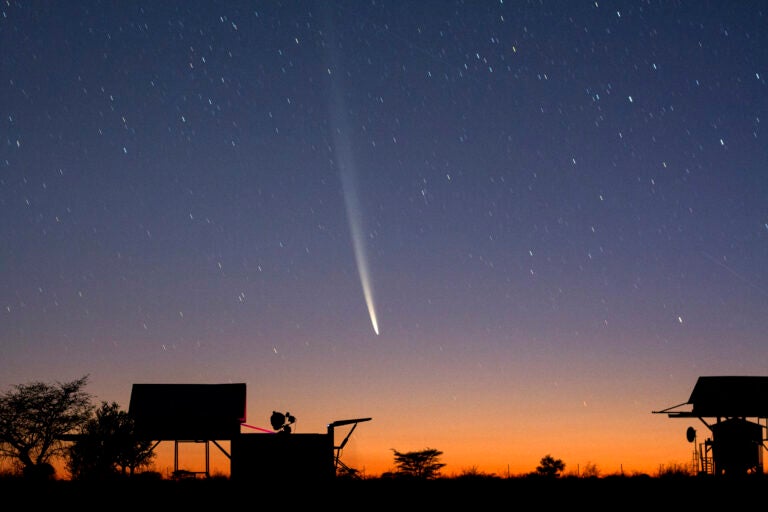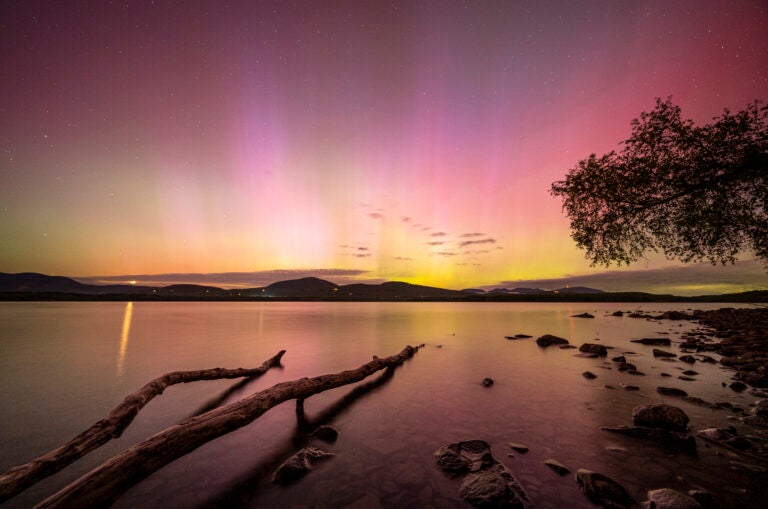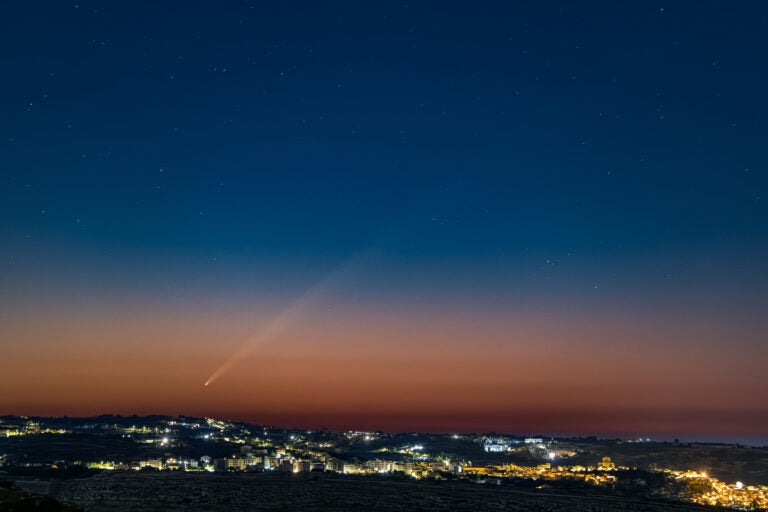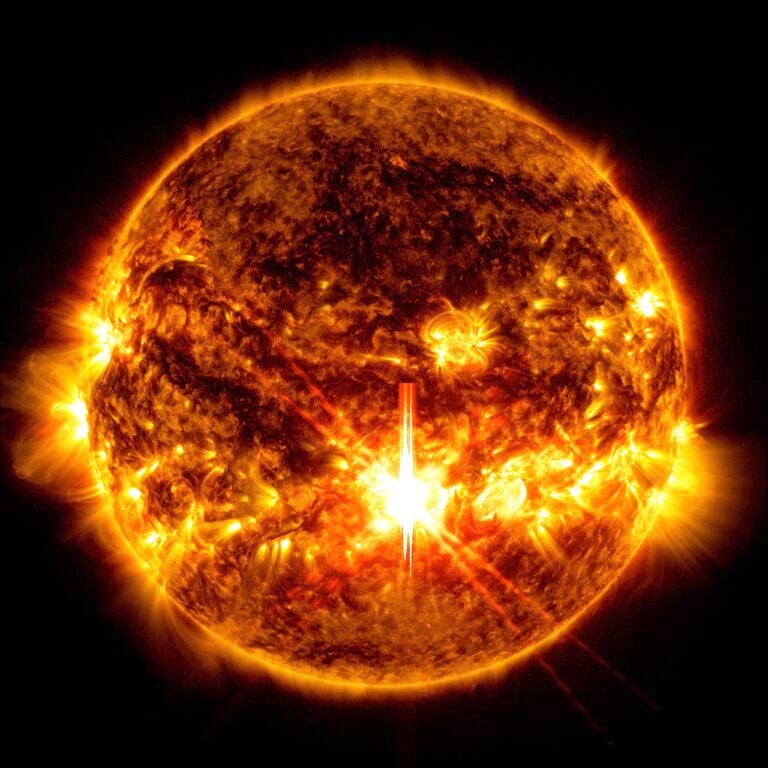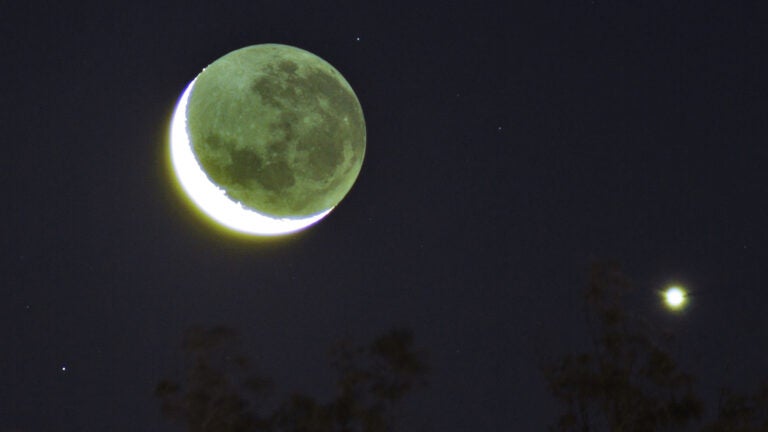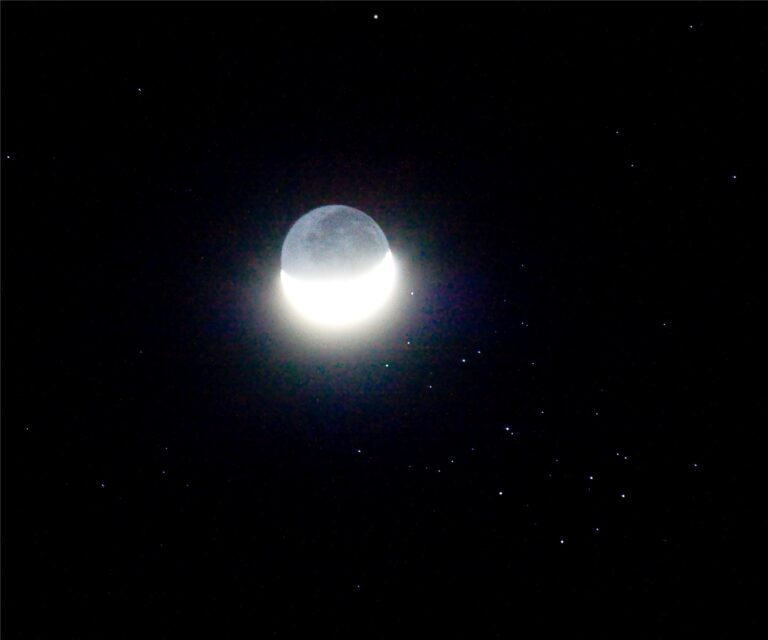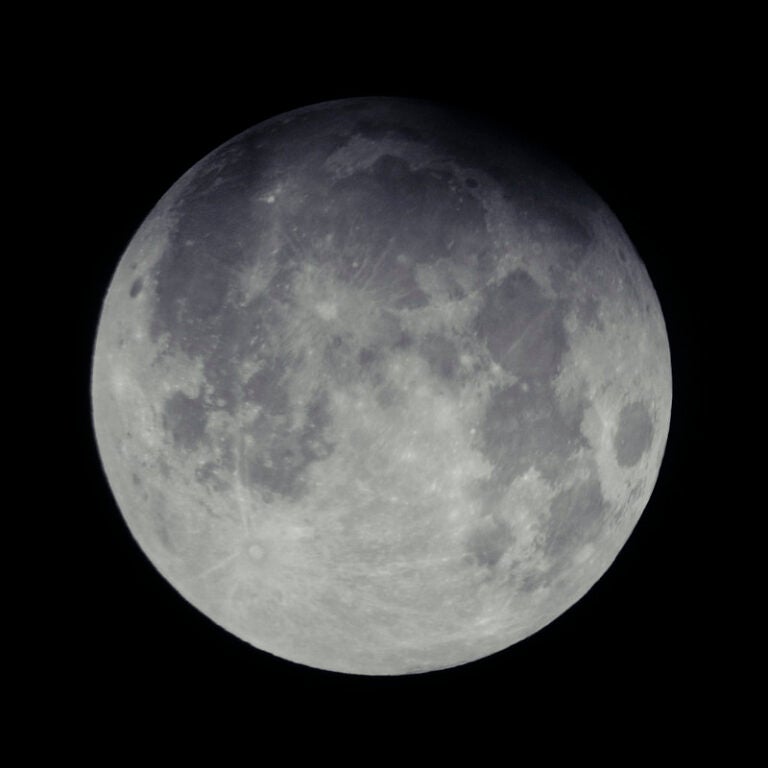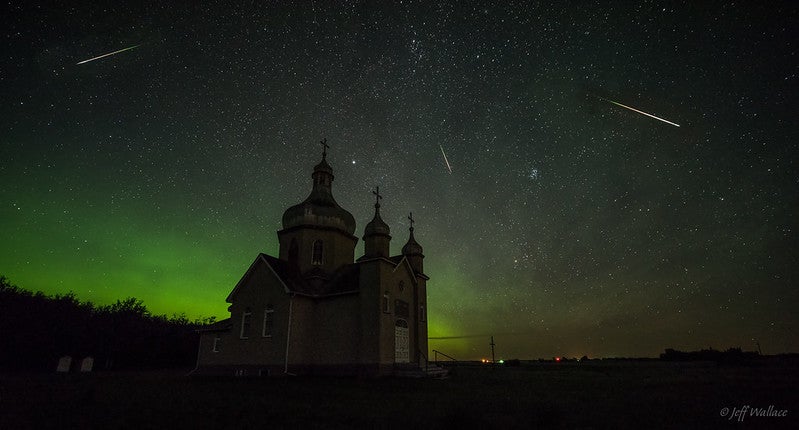
Perhaps the only thing better than enjoying a stunning sky event is doing so in pleasant weather. That’s exactly what the cosmos has lined up this weekend, when the Perseid meteor shower — one of the best meteor showers of the year — peaks overnight on August 12/13. It’s a sight you need nothing but your own two eyes to enjoy, so keep reading to learn when, where, and how to best see the Perseids this year.
The Perseid meteor shower officially peaks early in the morning on the 13th, with a maximum rate of 100 meteors per hour. Most skywatchers should expect to see slightly less than that, on the order of 50 to 60 meteors per hour — which averages out to about one meteor per minute. These high rates of meteors will be visible overnight from the 12th to 13th, starting late (approaching local midnight) on the 12th and running into the early morning of the 13th, all the way until dawn starts to lighten the sky.
The very best time to observe Perseids will be an hour or two before sunrise on the 13th, when the radiant is highest in the east and the numbers of meteors per hour you will see will be greatest. Not only will shower meteors cover more of the sky at this time, but you’ll be standing on the leading hemisphere of Earth as it moves through the debris stream that generates the shower.
Although this weekend is the best time to see the most Perseids, don’t worry if you’re unable to get outside or your weather is poor. After the peak meteor numbers will trail off, but you can still expect to see higher-than-average rates of meteors for several more days.
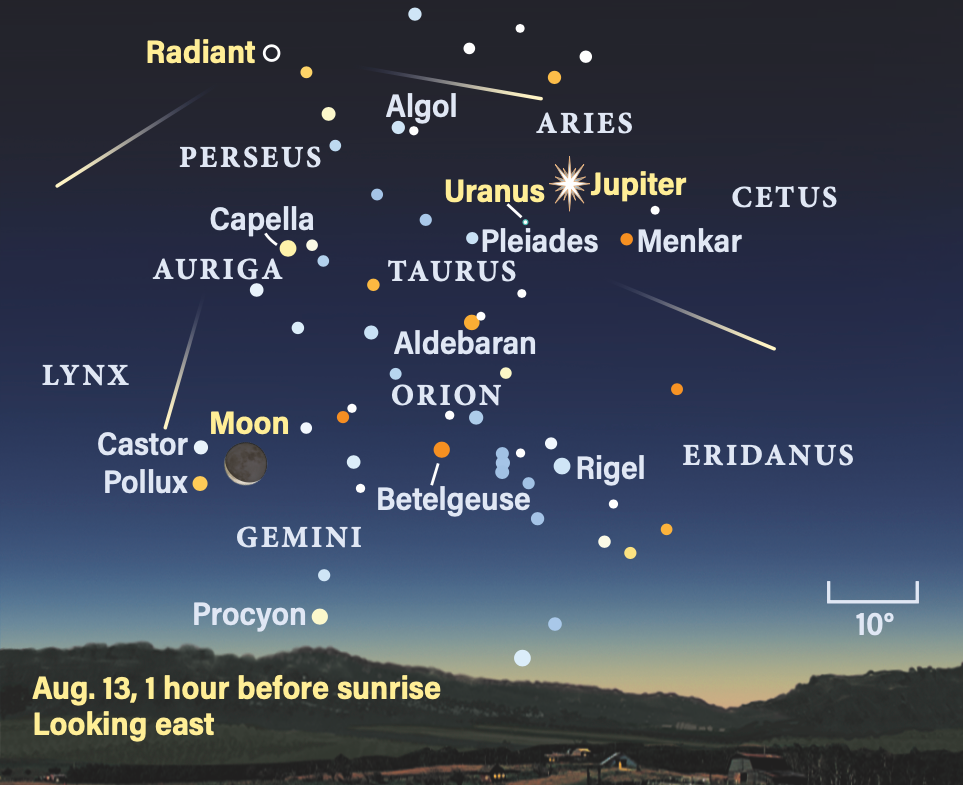
Where to look
So, once you get outside, where should you look? Meteor showers are named for the location of their radiant, the point in the sky from which they appear to emanate (or radiate). Thus, the Perseids appear to come from a point in the constellation Perseus the Hero, which is rising above the northeastern horizon around 11 P.M. local daylight time. The radiant sits 2.5° northeast (to the lower left) of 4th-magnitude Miram (Eta [η] Persei) and about 8° northwest (to the upper left) of brighter, magnitude 1.1 Mirfak, the Hero’s alpha star. This region will gain altitude as the hours tick by, standing highest in the east before dawn.
Once you’ve found Perseus and located the general area of the radiant, focus your gaze about 45° away from the radiant to either side. This is where you’ll see meteors with the longest bright trails blazing through the sky. Another great way to maximize the number of meteors you’ll see is to try to get away from as much ground light as possible. The brightest meteors will light up the sky no matter where you are, but most shower meteors are fainter and will stand out better against a darker sky. And with only a thin crescent Moon rising around 3:30 A.M. local daylight time in Gemini on the morning of the shower’s maximum, our satellite’s light will only interfere minimally, if at all.
Tips for easy viewing
Absolutely no equipment is needed to observe a meteor shower — in fact, they’re best observed with the naked eye, as meteors can appear anywhere in the sky, not just concentrated on the radiant. The ideal way to catch falling stars is to simply keep looking up, scanning the sky with the widest field of view, which is with your eyes alone. Because binoculars and telescopes zoom in on very small patches of the sky, they’re not great and will severely limit your ability to catch meteors.
If you want to photograph the show, don’t try to snap a picture in real time as you spot a meteor — chances are, you won’t be fast enough and trying to do so will interfere with your enjoyment of the show. Instead, consider setting up your phone or camera on a tripod and taking long exposures of the sky, which will capture star trails as well as the streaks of multiple meteors as they occur. If you prefer shots with a meteor passing across a field of pointlike stars, try setting your equipment for multiple automatic short exposures. This will keep the stars crisp and up your chances of catching a good photo; you can simply throw out the images without meteors later. Either way, automating the process will ensure you have the freedom to enjoy the meteor shower for yourself while your camera snaps away.
A long history
Meteor showers like the Perseids occur when Earth travels through the trail of dust left over when a comet passes through the inner solar system. The Perseids’ parent is Comet 109P/Swift-Tuttle, a large comet some 16 miles (26 kilometers) across that circles the Sun every 133 years. Its last passage was in December 1992 — only its second observed since the comet’s discovery on its previous orbit in August 1862. It will return again in July 2126.
Even though Comet Swift-Tuttle won’t reappear for over a century, the evidence of its last passage continues to light up our skies year after year with this captivating show of light. And with a dark canvas unmarred by bright moonlight, the heavens are lined up just right this year for an amazing display of Perseid meteors.

